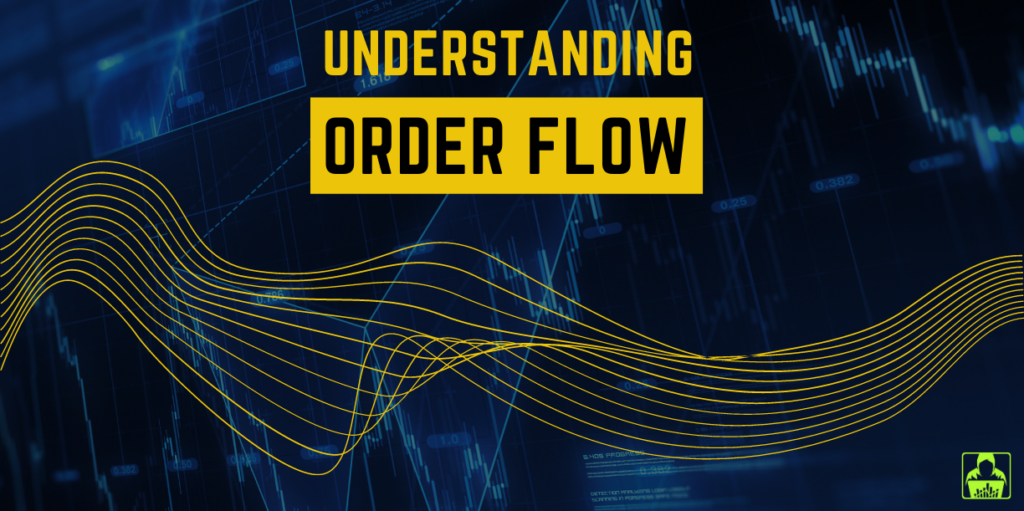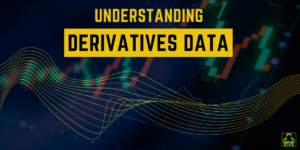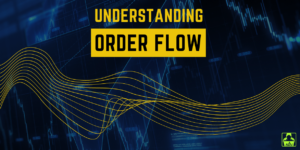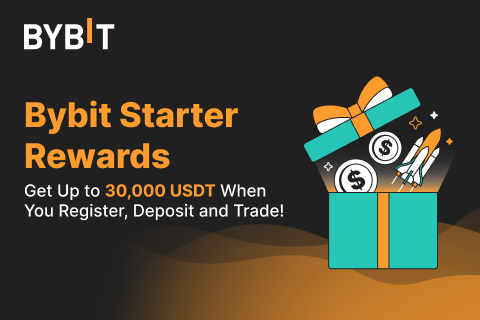Introduction to order flow
Order flow is the term used to describe the way that orders are executed on the market. It’s an important concept for traders to understand because it can have a significant impact on your ability to trade successfully.\
In this article, we’ll discuss what order flow is and how it works. We’ll also look at some of the factors that affect order flow as well as how you can use this knowledge to improve your trading strategy.
What is Order Flow?
Order flow is the term used to describe the activity of orders being placed on an exchange. It can be thought of as the flow of orders from one person to another, and it’s important for traders to understand how order flow works in order to make informed decisions about their trades.\
Order flow can be different from market sentiment because it doesn’t necessarily represent what investors feel about a security–it simply shows who wants to buy or sell at any given moment. For example, if you see that there are more buyers than sellers (i.e., more demand than supply), then this may indicate that other traders are optimistic about a particular stock and want exposure now rather than later; however, this doesn’t necessarily mean they think it will go up in value over time!
Calculating Order Flow
To calculate order flow, you need to know the following:
- How many shares of a security are being bought or sold in an average minute. This is called volume.
- The price at which the trade occurred (the ask price). This can be found on any financial website that provides news about stocks and other securities–most notably Yahoo Finance and Google Finance.
* The size of each transaction (how many shares were traded). This information is also available on most financial websites as well as from your broker if you have one who provides it to clients via email alerts or SMS text messages.
Impact of Order Flow on Market Prices
Order flow refers to the buying and selling activity in a security. When you place an order, you are part of the order flow.\
Order flow can be thought of as supply and demand for securities. The supply side refers to all orders placed by sellers (people who want to sell), while demand refers to all orders placed by buyers (people who want to buy).\
When there is more supply than demand for a particular security, its price will fall; conversely, when there’s more demand than supply, its price rises. This relationship between price movements and order flow is known as market efficiency: if prices reflect all available information about an asset’s value at any given moment in time then we say that markets are efficient; otherwise they’re not efficient.
The Role of Market Makers
Liquidations are a measure of how much money has been lost by traders. They can be calculated by taking the total amount of money lost and dividing it by the total number of contracts that were liquidated.
Liquidation rates are expressed as a percentage, so if there are 100 contracts in an account and $10,000 worth of losses have occurred, then your liquidation rate is 10%.
The role of market makers in providing liquidity is important to understand. Market makers are traders who provide a continuous bid-ask spread, which means they buy at one price and sell at another. This allows them to make money off of the difference between those two prices. Market makers also help keep markets liquid by providing liquidity when there aren’t enough buyers or sellers on either side of an order book (the list of available stocks).\
Market making is a strategy used by many traders and investors who want to earn profits from small price movements in stocks without taking on risk themselves–they simply act as middlemen between buyers and sellers by buying low from one party, then selling high to another party later on down the line (or vice versa). This strategy has been around since before computers were invented; however, today’s technology makes it easier than ever before for anyone with an internet connection and some capital behind him/herself!
Example of Order Flow in Action
Let’s look at an example of order flow in action.\
The S\&P 500 Index (SPX) is trading at 2,000 and has been consolidating for a few days. The current price is considered to be “fair value” by market participants and traders alike, so there isn’t much interest from buyers or sellers. However, if you were trying to buy 1 million shares of SPX stock at this price, you might find it difficult because there aren’t enough buyers willing to pay that much money for those many shares–this could lead some investors who want exposure but don’t want all those shares themselves into buying call options instead (which give them rights but not obligations).\
Another scenario: suppose that someone wants out of their long position in SPX–they’ve made enough profit on their trade and want out before prices go lower again. They might sell some puts against their existing holdings as insurance against further losses while also locking in some gains from past profits; if these puts expire worthless then they’ll get paid whatever premium was paid when purchasing them originally plus any dividends received along the way!
Order Flow Trading Strategies
Order flow trading is a strategy that involves taking advantage of the order flow in a market. This can be done by placing orders on either side of the market, which means you are buying or selling at a price that is not currently available in the market.\
Order Flow Trading Strategies:
- Market Making – A market maker provides liquidity to an exchange by posting bids and offers for securities listed on that exchange. They profit from this activity by earning the bid-ask spread (the difference between what they pay for stocks and what they receive when selling them).
- Arbitrage – An arbitrage opportunity occurs when there exists an imbalance between two markets or similar financial instruments, such as currencies or commodities. Arbitrageurs will attempt to exploit these imbalances by simultaneously buying low priced assets while selling high priced ones until equilibrium is restored again within both markets
Risks of Order Flow Trading
The risks of order flow trading are numerous and can be difficult to manage. First, you need to understand the concept of market making. Market makers provide liquidity in a market by providing bids and asks at prices they think will attract buyers or sellers. They make money by charging a spread between their bid-ask prices — that is, they buy low and sell high (or vice versa). This means that if you place an order with them, your trade can be executed at either price point depending on whether there are more buyers or sellers in the market at any given time.\
If you’re placing limit orders on one side of the book (i.e., buying or selling), then your order may not get filled because there aren’t enough people willing to transact at those levels; however, if there’s too much activity from other traders who want to buy/sell at those same prices–and especially if those traders have better technology than yours–then there’s no guarantee that your order will execute either way!
Best Charting and Research Tools for Orderflow Analysis
The best charting and research tools for orderflow analysis are Coinalzye and Laevitas. These platforms provide you with all the information you need to make informed decisions about your cryptocurrency trading strategy, including:
- Orderbook depth
- Open interest
- Funding rates (the amount of money that needs to be added or removed from a market in order for it to move)
Conclusion and Key Takeaways
Order flow is an important part of trading and can be used to your advantage. It’s important to understand the concept of order flow, as well as how it affects your trades.\
You should now be able to:
- Identify the different types of order flow that exist in the market.
- Understand how these different types of order flows affect price movement. \* Use this knowledge to incorporate order flow into your trading strategies.
In this article, we’ve covered the basics of orderflow analysis and how it can help traders make more informed and profitable trading decisions in the cryptocurrency market.
We hope you enjoyed reading this piece! If so, please let us know by leaving a comment below or sharing it with your friends on social media. You can also sign up for our mailing list if you’d like to receive updates from us via email when new articles are published. Thanks again for reading!










